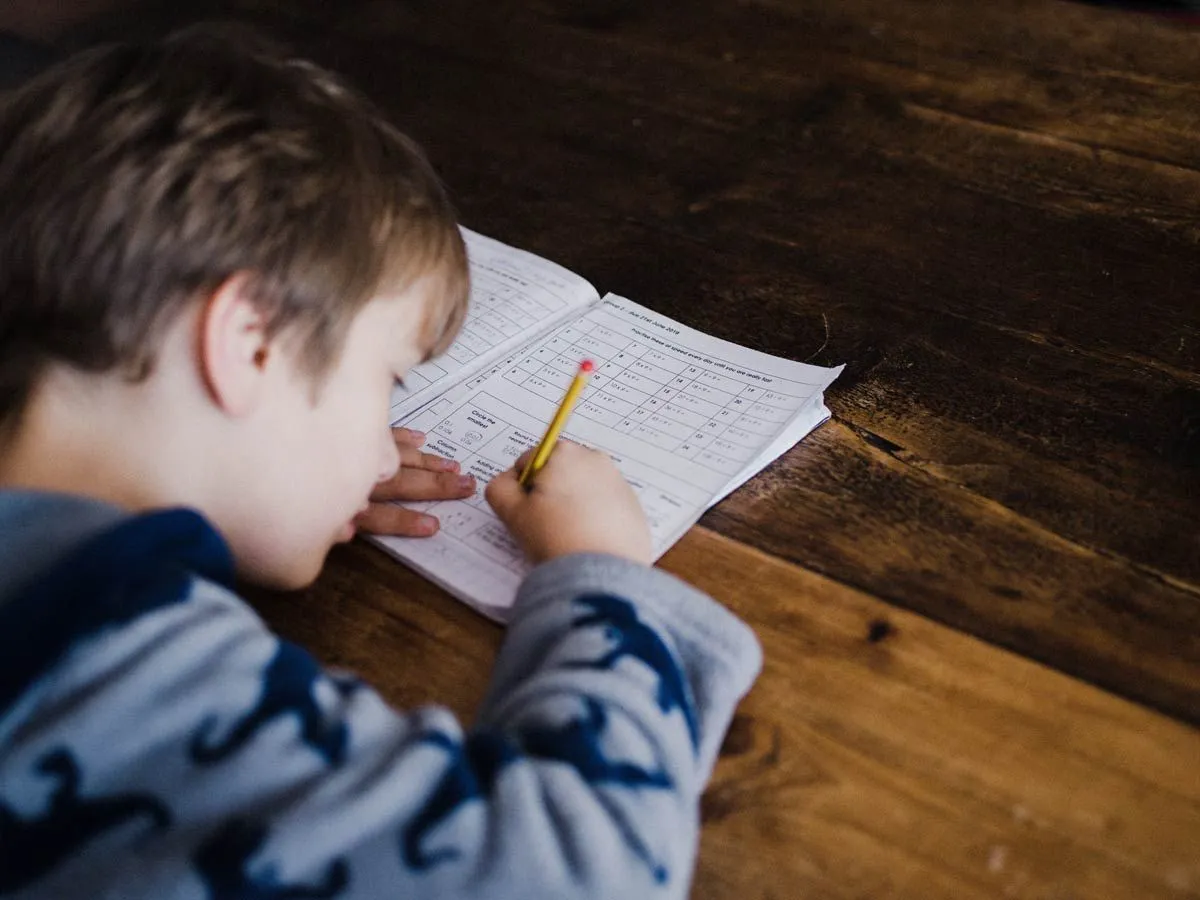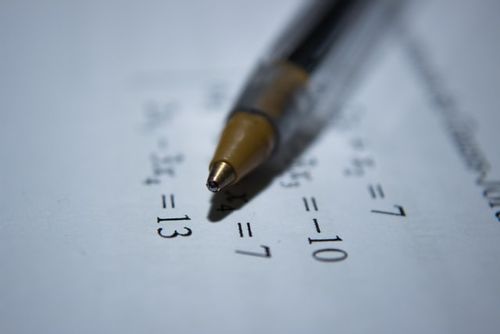FOR ALL AGES
One of the many topics covered in KS2 maths is proportion and ratio.
If you have children in school years three to six, you will most likely be asked questions about all about proportion and ratio. This guide is here to make sure you can help!
It contains definitions, explanations, problems and resources to help your children learn everything they need and for you to be able to answer all of their questions.
If you are in need of more resources to help you navigate your children's KS2 maths curriculum, take a look at this guide to translations explained for parents or at this list of maths homeschool resources for KS2 and KS3.

The ratio between two values shows you how much of one thing there is compared to another. They are generally written in this form:
Value A : Value B
Ratios are useful to determine how many time one value is contained in another. For example, if you are making a hot chocolate in which you mix one part of cocoa powder to six parts of mix, your ratio of cocoa powder to milk will be 1:6, which is pronounced "one to six".
The order of the values in a ratio are very important; if they are reversed, then so are the proportions!
There are a total of four ways to write a ratio:
You can simplify a ratio if the values on either side of the : can be divided by the same number. For example, 6:9 can be simplified by dividing six and nine by three, which gives a ratio of 2:3.
The rule which says that 6:9 and 2:3 are equal is called proportion. If two ratios are the same, they are proportional, which means their relative sizes are the same.
In other words, if your hot chocolate has six parts cocoa and nine parts milk, there is relatively the same amount of cocoa to milk than in a hot chocolate with two parts cocoa and three parts milk.
At KS2 level, children should understand the concepts of ratio and proportion and be able to use and explain them easily.
They should also be able to simplify a ratio and to use it to compare values or quantities.
Children in Year 6 should be able to convert a ratio into a fraction, and vice versa.
In order to assess your child's understanding of ratio and proportion, they will most likely be tested using problems and questions. The idea will be to use the concepts they have learned to solve worksheets.
Many of the proportion and ratio questions KS2 children face can be difficult but with lots of practice, and a bit of help from you, they will get there! Here are some ideas of fun activities and resources to help your children learn about the concepts of ratio and proportion.
1. Write a list of ratios and get your child to practice enunciating them, and converting them into fractions.
2. Find recipes with round values or amounts that are easy to double and divide. If you can't find any, invent one! Say the recipe is meant for four people, ask your child to tell you the quantities necessary for one or eight people. Make sure all the values they indicate are proportional!
3. There are plenty of ratio and proportion worksheets available online. Download and print some to give to your child to complete, there could be a reward or a gold star in it for them! If you are feeling creative, create your own ratios and proportions worksheet.
4. Create some problems for your child to solve using ratios and proportionality. Here is an idea to get you started:
Jonny is making squash for himself. He adds 10ml of squash to 100ml of squash. Three friends of Jonny's come along and want some squash too.
a) What is the ratio of squash to water that Jonny uses for himself?
b) How much squash and water are needed to make squash for three people, adapting Jonny's recipe proportionally? Express it as a ratio, and simplify it.
Read The Disclaimer
At Kidadl we pride ourselves on offering families original ideas to make the most of time spent together at home or out and about, wherever you are in the world. We strive to recommend the very best things that are suggested by our community and are things we would do ourselves - our aim is to be the trusted friend to parents.
We try our very best, but cannot guarantee perfection. We will always aim to give you accurate information at the date of publication - however, information does change, so it’s important you do your own research, double-check and make the decision that is right for your family.
Kidadl provides inspiration to entertain and educate your children. We recognise that not all activities and ideas are appropriate and suitable for all children and families or in all circumstances. Our recommended activities are based on age but these are a guide. We recommend that these ideas are used as inspiration, that ideas are undertaken with appropriate adult supervision, and that each adult uses their own discretion and knowledge of their children to consider the safety and suitability.
Kidadl cannot accept liability for the execution of these ideas, and parental supervision is advised at all times, as safety is paramount. Anyone using the information provided by Kidadl does so at their own risk and we can not accept liability if things go wrong.
Kidadl is independent and to make our service free to you the reader we are supported by advertising.
We hope you love our recommendations for products and services! What we suggest is selected independently by the Kidadl team. If you purchase using the buy now button we may earn a small commission. This does not influence our choices. Please note: prices are correct and items are available at the time the article was published.
Kidadl has a number of affiliate partners that we work with including Amazon. Please note that Kidadl is a participant in the Amazon Services LLC Associates Program, an affiliate advertising program designed to provide a means for sites to earn advertising fees by advertising and linking to amazon.
We also link to other websites, but are not responsible for their content.
Was this article helpful?



Browse Category



We’ll send you tons of inspiration to help you find a hidden gem in your local area or plan a big day out.



Check your inbox for your latest news from us. You have subscribed to:
Remember that you can always manage your preferences or unsubscribe through the link at the foot of each newsletter.